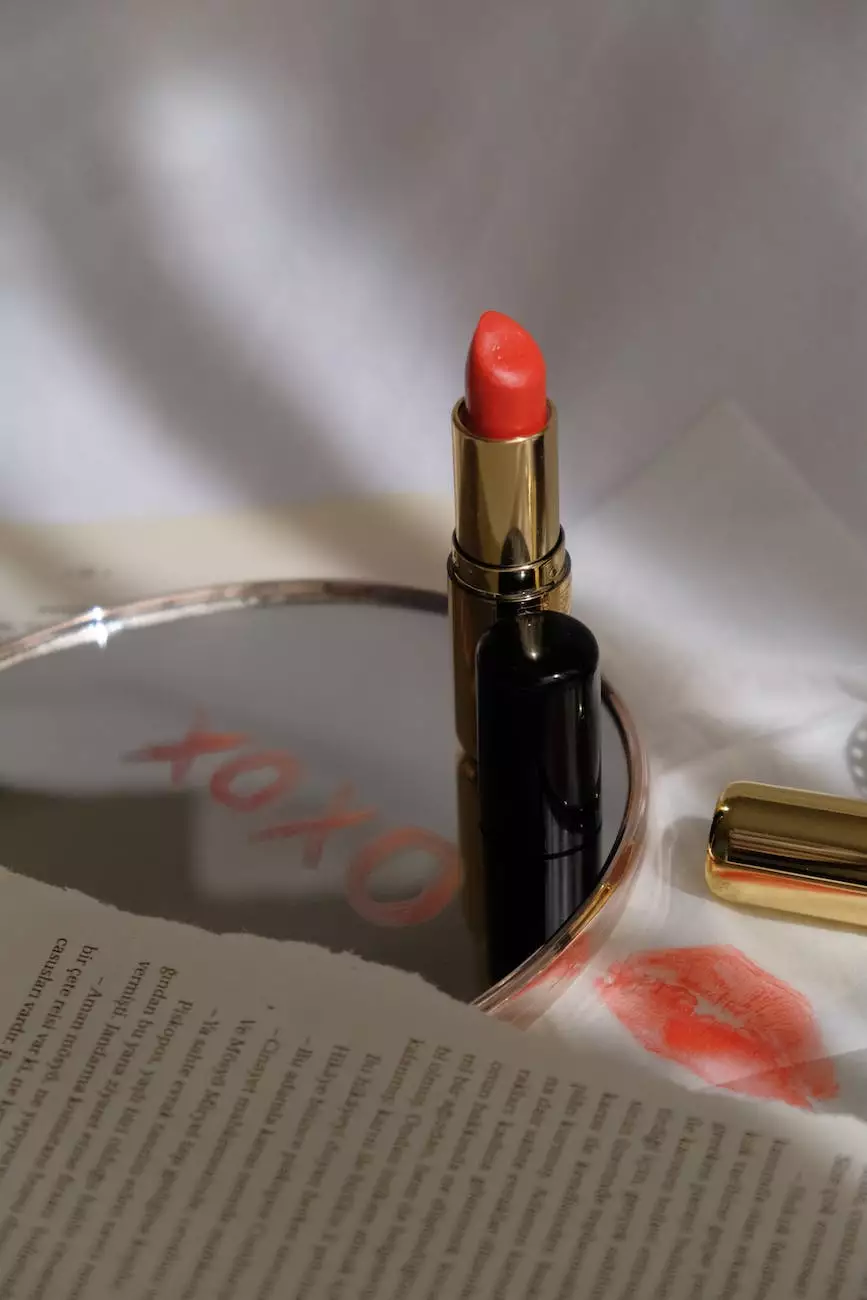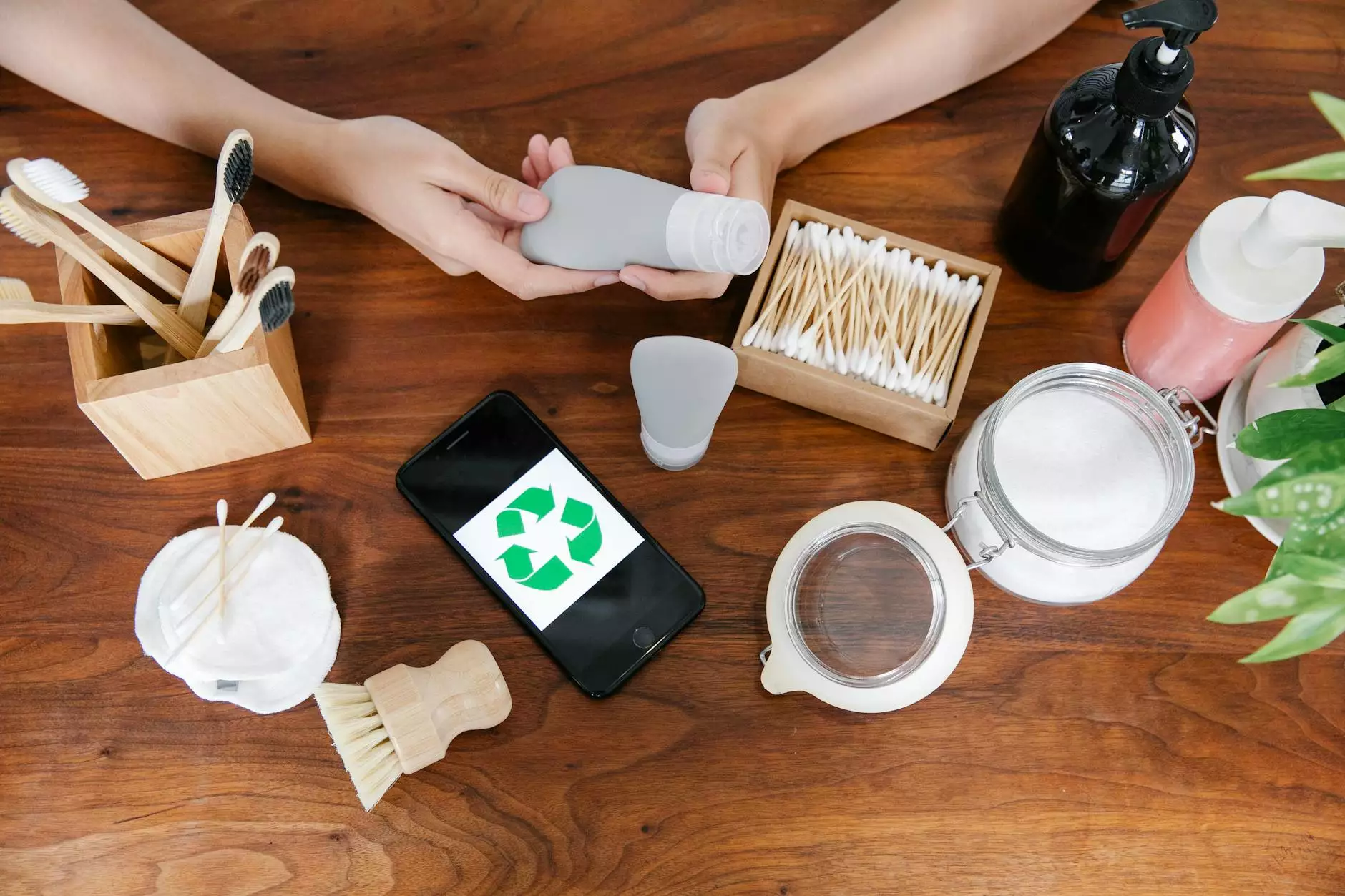Sun Damage Remedies - Ralph Bashioum MD

The Importance of Sun Damage Remedies
As the sun's rays can be both invigorating and damaging, it's crucial to understand the importance of sun damage remedies. Excessive exposure to the sun can lead to various skin conditions, including sunburn, premature aging, and an increased risk of skin cancer. Dr. Ralph Bashioum MD, a renowned expert at Foley James D MD, has dedicated his career to educating individuals on effective remedies for sun damage.
Understanding Sun Damage
Before diving into remedies, it's essential to understand how sun damage affects the skin. Sun damage occurs when ultraviolet (UV) radiation from the sun penetrates the skin's layers, causing DNA damage and oxidative stress. This damage can lead to visible signs such as fine lines, wrinkles, dark spots, and a leathery texture.
Common Sun Damage Effects
Sun damage can manifest in different ways, depending on various factors including skin type, duration of sun exposure, and individual susceptibility. Some common effects of sun damage include:
- Sunburn
- Sunspots (also known as age spots or liver spots)
- Freckles
- Wrinkles and fine lines
- Skin discoloration
- Changes in skin texture
- Skin cancer (such as melanoma, basal cell carcinoma, and squamous cell carcinoma)
Preventing Sun Damage
Prevention is key when it comes to sun damage. By taking proper precautions, you can significantly reduce your risk of developing sun-related skin conditions. Here are some essential sun protection strategies recommended by Dr. Ralph Bashioum MD:
Apply Broad-Spectrum Sunscreen
Using a broad-spectrum sunscreen with a high sun protection factor (SPF) is crucial in shielding your skin from harmful UV rays. Apply sunscreen generously on all exposed areas of your body, including your face, neck, ears, and hands. Reapply every two hours or after swimming or sweating.
Seek Shade During Peak Hours
When the sun's rays are the strongest (usually between 10 a.m. and 4 p.m.), it's wise to seek shade whenever possible. This can greatly reduce your exposure to direct sunlight and lower the risk of sunburn and other sun damage effects.
Wear Protective Clothing
Covering up exposed skin can provide an additional layer of protection against the sun's harmful rays. Opt for loose-fitting, long-sleeved shirts, long pants, and wide-brimmed hats. Additionally, consider wearing sunglasses with adequate UV protection to shield your eyes from the sun.
Avoid Tanning Beds
Tanning beds emit UV rays that can be equally damaging to your skin. It's best to avoid using tanning beds altogether to minimize your risk of developing sun damage and skin cancer.
Treating Sun Damage
If sun damage has already occurred, it's essential to explore effective treatment options. Dr. Ralph Bashioum MD recommends the following remedies to address sun damage:
Topical Treatments
Various topical treatments can help minimize the visible effects of sun damage. Look for products containing antioxidants, retinol, vitamin C, and hyaluronic acid, which can help repair and rejuvenate the skin. Consult with a dermatologist to find the most suitable products for your specific needs.
Laser Therapy
In some cases, laser therapy can be an effective approach to treat sun damage. This treatment utilizes focused light energy to target and remove damaged skin cells, revealing healthier and youthful-looking skin. Laser therapy sessions are usually performed by qualified medical professionals and may require multiple sessions for optimal results.
Chemical Peels
Chemical peels involve the application of a chemical solution to the skin, causing controlled exfoliation and shedding of damaged outer layers. This process stimulates the growth of new skin cells, resulting in a smoother and more even complexion. Chemical peels can be tailored to your specific skin concerns and are typically administered by dermatologists or estheticians.
Microdermabrasion
Microdermabrasion is a non-invasive procedure that uses a handheld device to gently exfoliate the skin's outer layer. This process helps remove dead skin cells, minimize sunspots, and improve overall skin texture. Multiple treatments may be required to achieve desired results, and it's important to follow post-treatment care instructions provided by your skincare professional.
Consistency is Key
Remember, preventing and treating sun damage requires consistent efforts. Incorporate sun protection practices into your daily routine all year round, and follow the guidance of professionals like Dr. Ralph Bashioum MD at Foley James D MD. By taking proactive steps to protect and nourish your skin, you can enjoy a healthier and more radiant complexion for years to come.










